The UNESCO World Heritage List features over 1,000 cultural and natural sites worldwide, yet many remarkable locations remain relatively unknown to international travelers.
From ancient archaeological wonders to stunning natural formations, these lesser-known sites offer unique glimpses into human history and natural beauty without the crowds of their more famous counterparts. Let’s explore hidden gems that deserve a spot on your travel bucket list.
Göbekli Tepe, Turkey
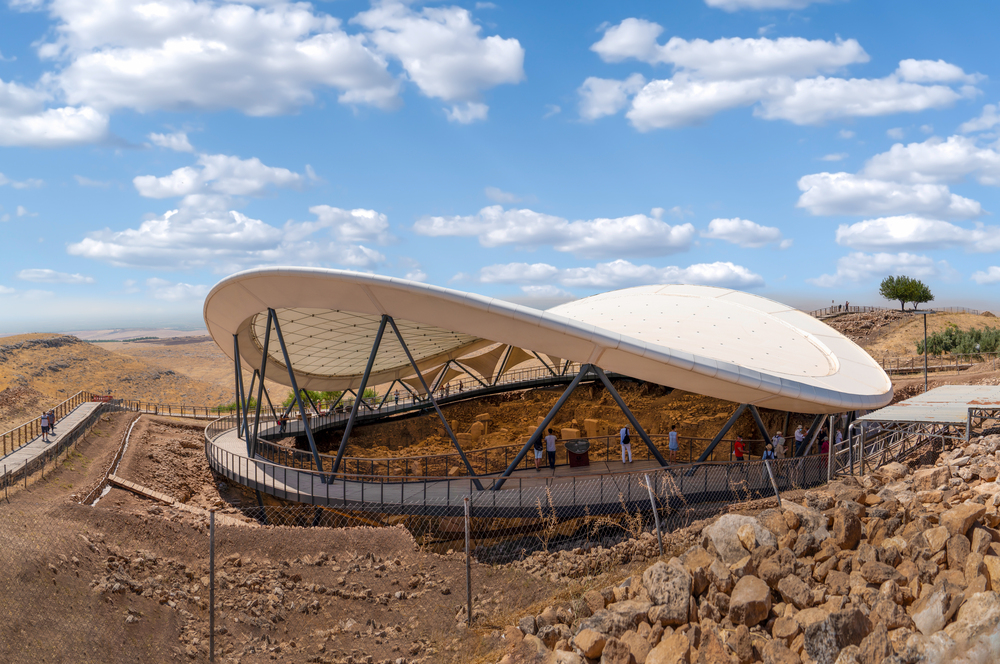
This prehistoric site predates pottery, metallurgy, and even the invention of writing. Over 12,000 years ago, ancient people constructed massive stone pillars decorated with intricate animal carvings, making it one of the oldest known temples in human history.
The discovery of Göbekli Tepe has revolutionized our understanding of hunter-gatherer societies and early human civilization.
Kutná Hora, Czech Republic
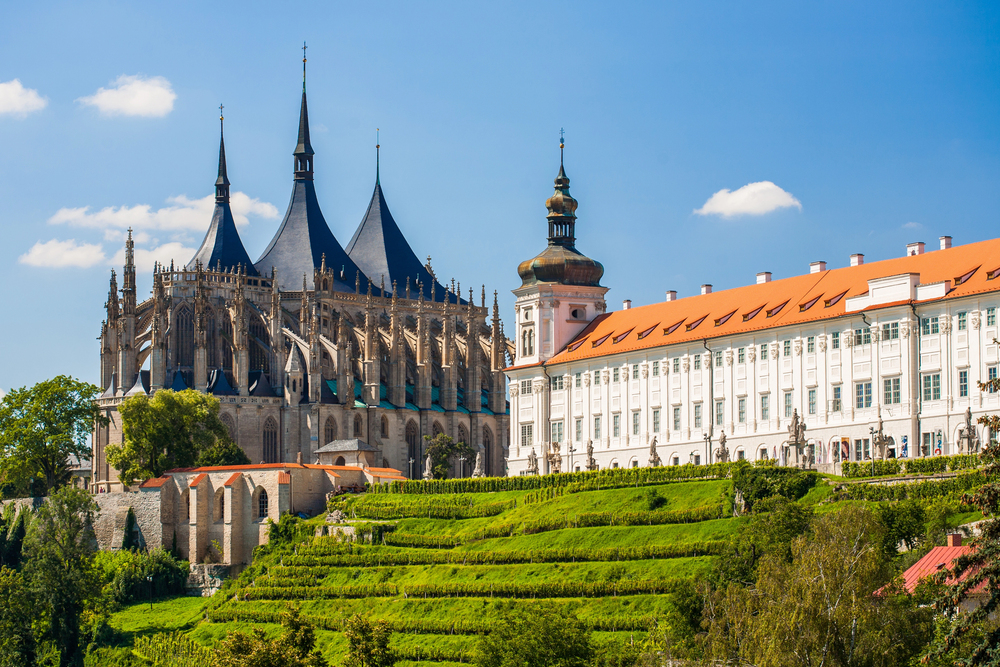
The medieval silver mining center features the stunning Gothic St. Barbara’s Church and the unique Sedlec Ossuary, decorated with human bones. The town’s architecture reflects its immense wealth during the Middle Ages when its silver mines supplied much of Europe with currency.
Kutná Hora’s preservation offers visitors an authentic glimpse into medieval European prosperity.
Like Travel Pug’s content? Follow us on MSN.
Gunung Mulu National Park, Malaysia

This remarkable cave system in Borneo features the world’s largest cave passage and the largest cave chamber by area. The park’s limestone karst formations create a spectacular landscape of pinnacles, cliffs, and intricate cave networks.
The site also hosts an incredibly diverse ecosystem with thousands of species of plants, animals, and insects.
Djémila, Algeria
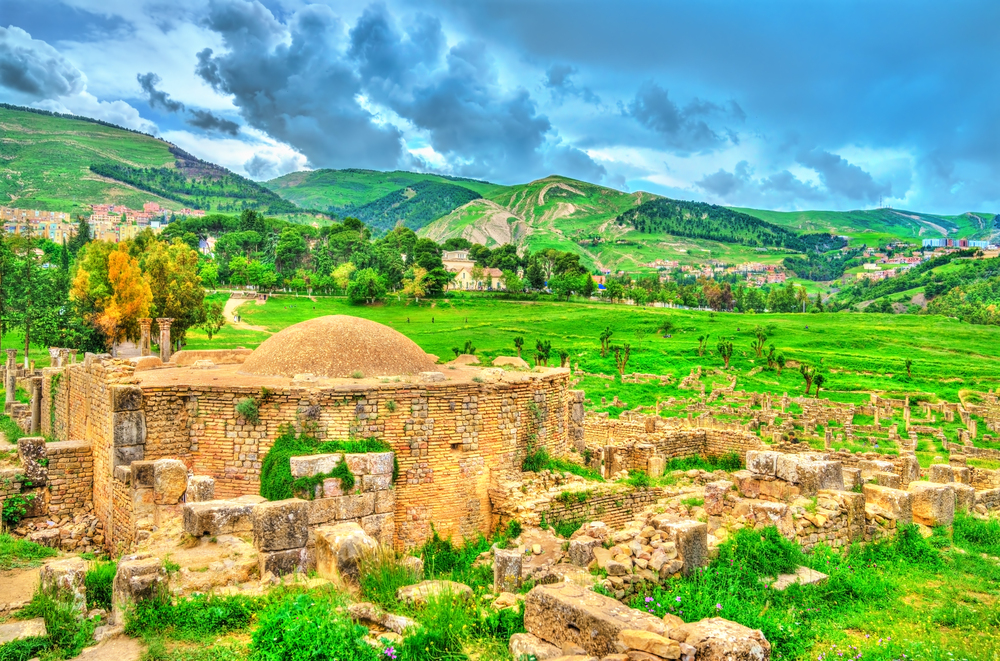
These perfectly preserved Roman ruins sit high in the mountains of northern Algeria. The ancient city’s unique adaptation to a mountainous environment showcases remarkable Roman urban planning and architectural innovation.
Due to their location, Djémila’s forums, temples, basilicas, and triumphal arches remain incredibly well-preserved.
Tsingy de Bemaraha, Madagascar
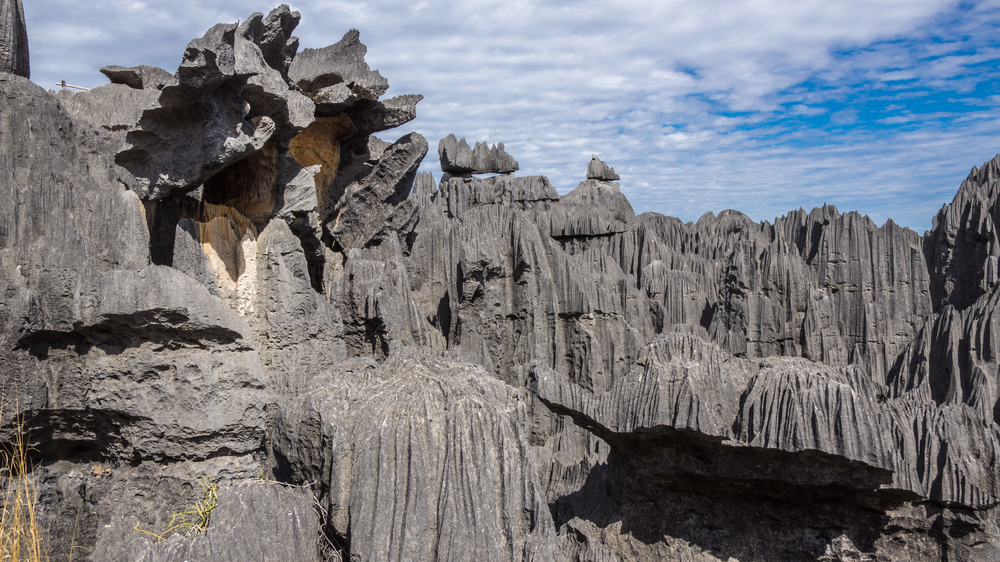
This otherworldly landscape consists of limestone pinnacles formed over millions of years by groundwater erosion. The ‘forest’ of limestone needles harbors unique wildlife species adapted to this extreme environment.
The site’s remote location and challenging terrain have helped preserve its geological features and endemic species.
Like Travel Pug’s content? Follow us on MSN.
Chan Chan Archaeological Zone, Peru
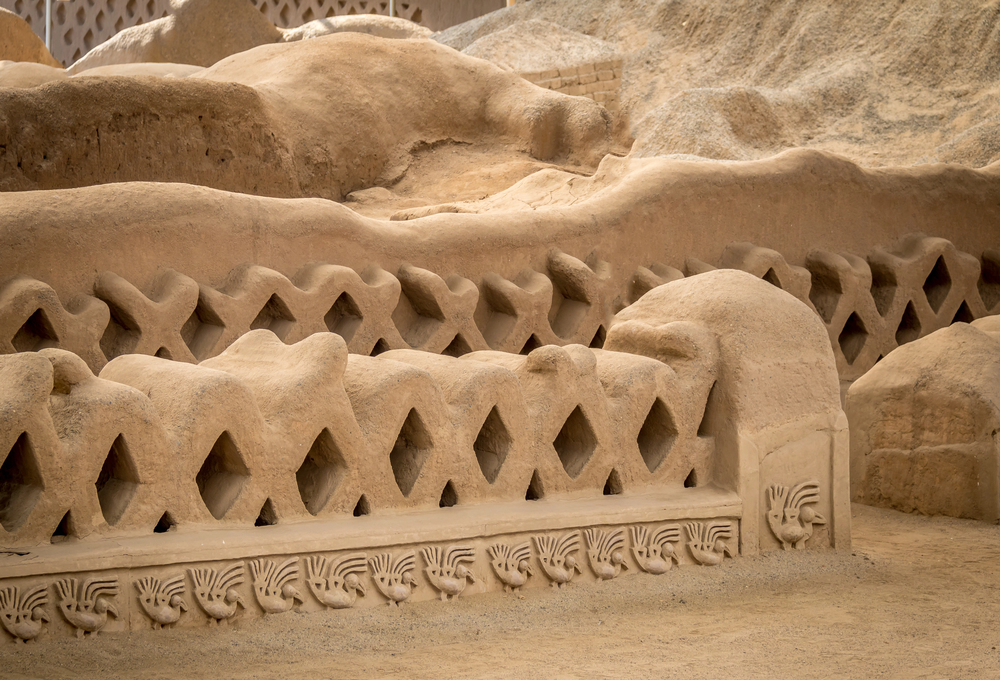
Chan Chan, the largest pre-Columbian city in South America, once housed 60,000 people in its intricate maze of adobe walls. Its sophisticated urban planning included separate administrative, religious, and storage sectors.
Chan Chan’s vast scale and architectural complexity demonstrate the advanced nature of pre-Inca civilizations.
Białowieża Forest, Poland/Belarus

This ancient forest represents the last remnant of the vast woodlands that once covered European lowlands. The forest hosts Europe’s largest population of free-roaming European bison and countless ancient oak trees.
Białowieża’s ecosystem has remained largely unchanged for thousands of years, providing crucial insights into Europe’s natural history.
Kaesong Historic Sites, North Korea
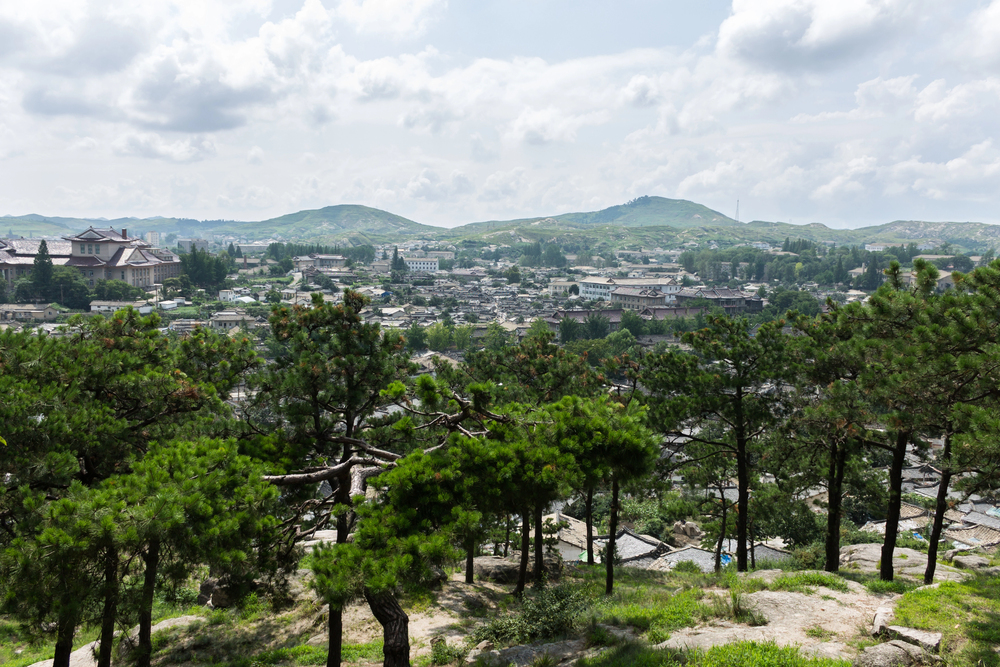
These preserved monuments and sites showcase the history of the Koryo Dynasty, which unified the Korean Peninsula. The complex includes ancient royal tombs, fortress walls, and Buddhist temples dating back to the 10th century.
These sites offer rare glimpses into medieval Korean architecture and urban planning.
Like Travel Pug’s content? Follow us on MSN.
Ancient Nisa, Turkmenistan

Nisa was a Parthian fortress city that served as one of the earliest capitals of the Parthian Empire. The site contains remarkably preserved palaces, temples, and administrative buildings from the 3rd century BCE.
Nisa’s architecture reflects a fascinating blend of Hellenistic and Central Asian cultural influences.
Madara Rider, Bulgaria
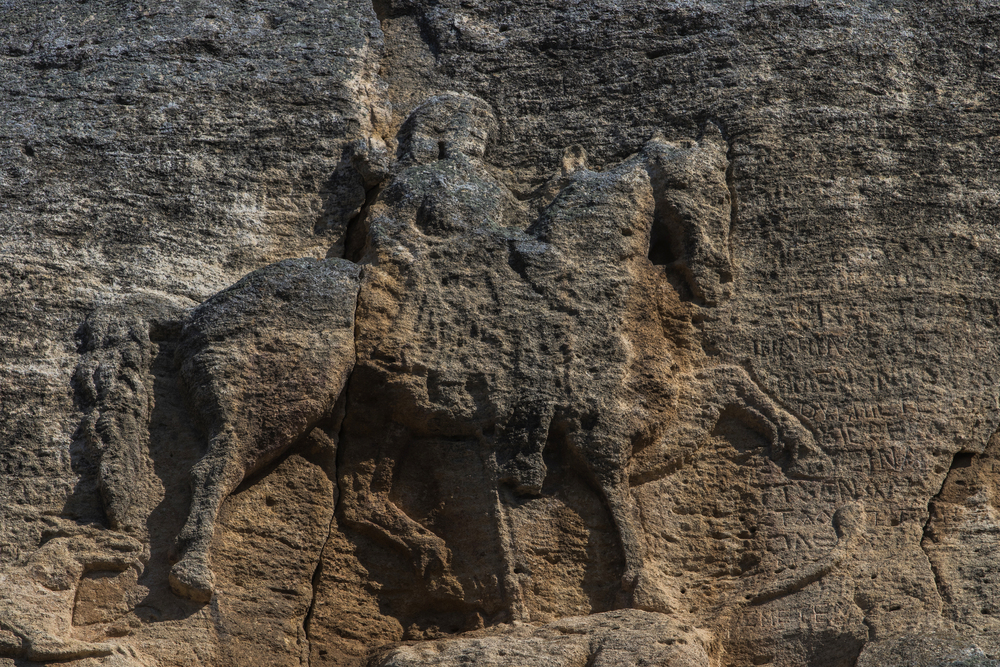
This enormous rock relief carved into a cliff face depicts a majestic horseman triumphing over a lion. The 8th-century masterpiece combines Byzantine artistic traditions with proto-Bulgarian cultural elements.
The relief’s scale and preservation make it one of Europe’s most impressive medieval monuments.
Nan Madol, Micronesia
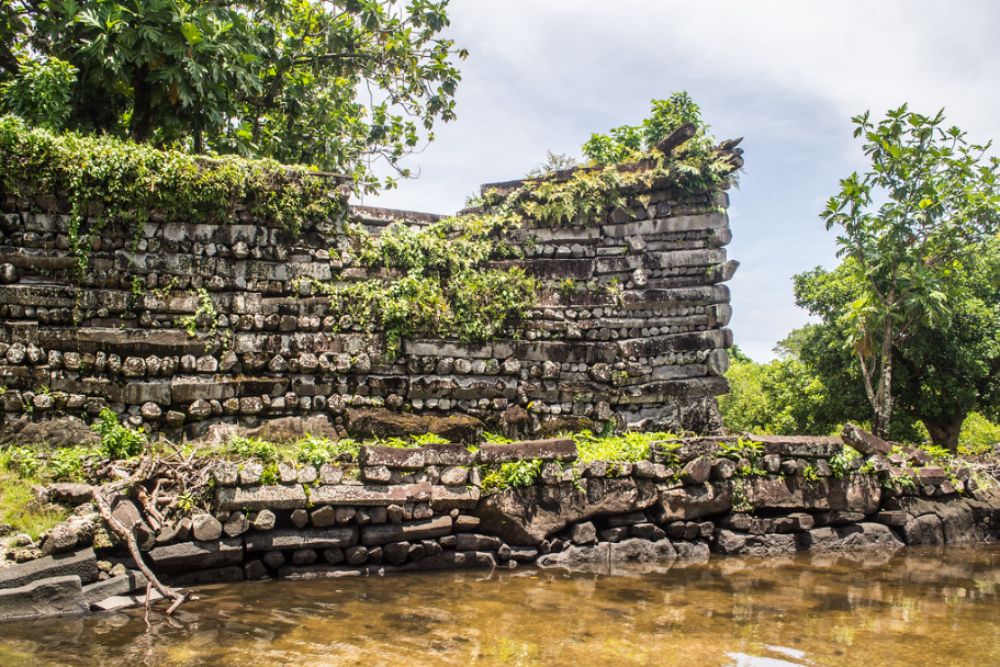
These artificial islands, built from massive basalt logs, form a mysterious ancient city in the Pacific. The site consists of 92 artificial islets built on a coral reef connected by a network of canals.
Nan Madol’s unique architecture and engineering demonstrate the sophisticated capabilities of ancient Pacific societies.
Like Travel Pug’s content? Follow us on MSN.
Tombs of Buganda Kings, Uganda
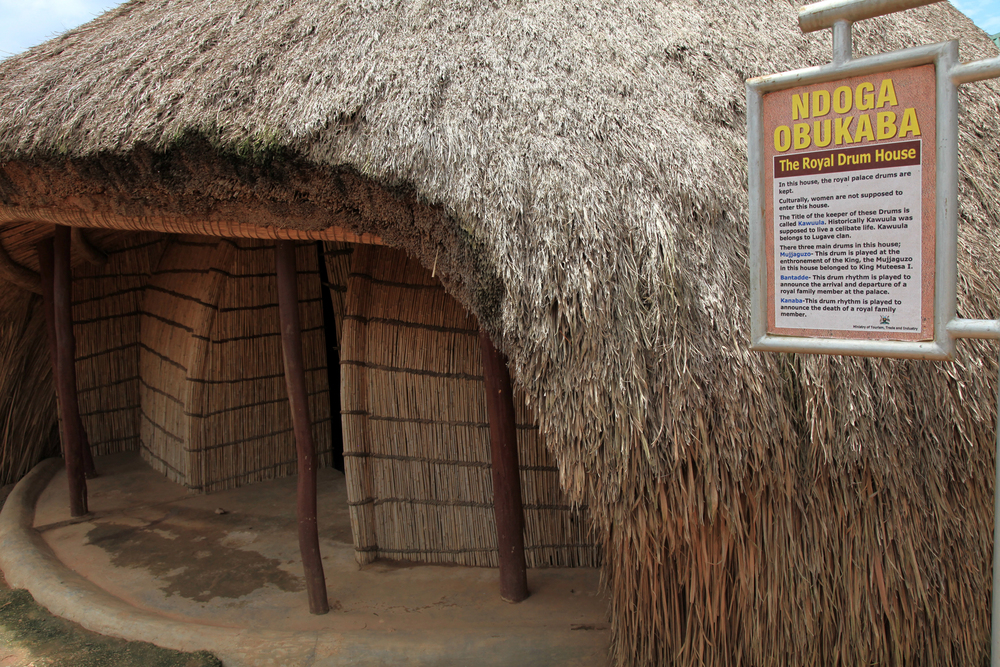
These royal burial grounds feature traditional architecture that blends local materials with complex architectural techniques. The site includes four royal tombs built using wood, thatch, reed, and wattle-and-daub construction.
The tombs’ design reflects the spiritual and political traditions of the Baganda people.
Cueva de las Manos, Argentina
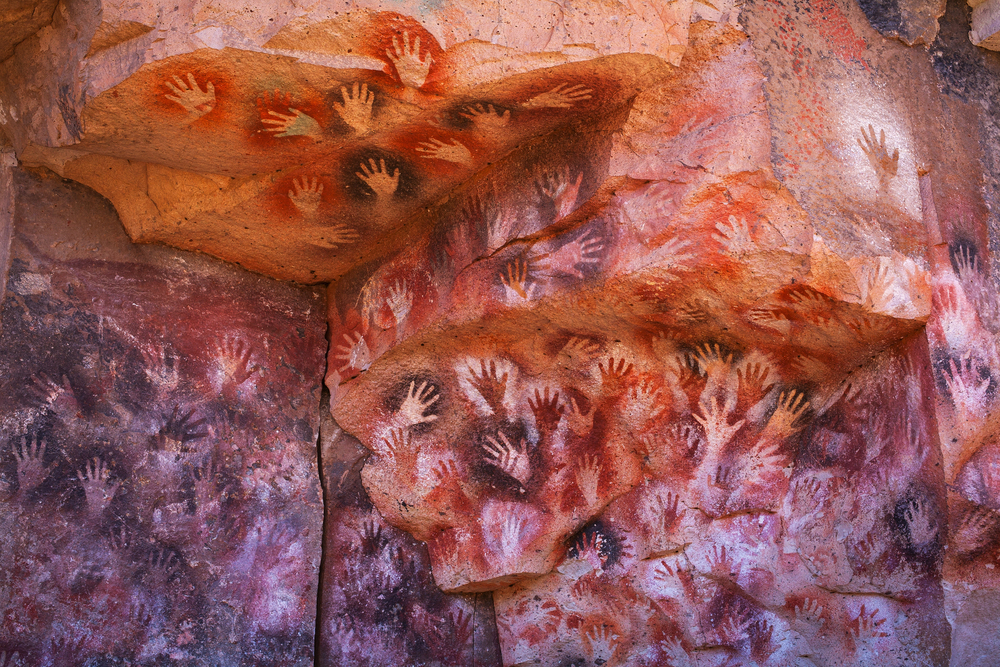
This cave complex features stunning prehistoric art dating back 13,000 years. The walls display hundreds of hand stencils created by indigenous hunters and gatherers.
The site provides crucial information about early human societies in South America.
Churches of Lalibela, Ethiopia

These rock-hewn churches represent remarkable feats of engineering and religious devotion. Each church was carved from a single piece of rock, creating intricate interior spaces and elaborate exterior details.
The site remains an active place of worship and pilgrimage.
Like Travel Pug’s content? Follow us on MSN.
Great Burkhan Khaldun Mountain, Mongolia
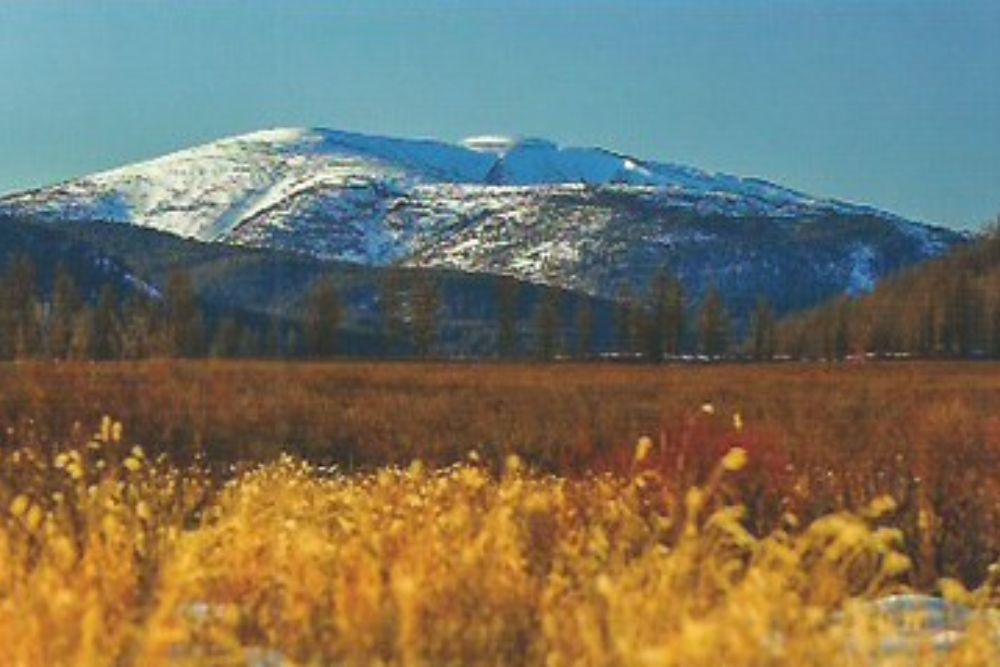
This sacred mountain is profoundly significant in Mongolian spiritual and cultural traditions. It is traditionally associated with Genghis Khan’s birthplace and contains numerous archaeological remains.
The mountain’s pristine environment preserves both natural and cultural heritage.
Qhapaq Ñan Road System, South America

This vast network of pre-Hispanic roads connected various cultures across the Andes. The system spans six countries and includes bridges, tunnels, and sophisticated engineering solutions.
The roads demonstrate the Inca Empire’s remarkable organizational and technological capabilities.
Levuka Historical Port Town, Fiji
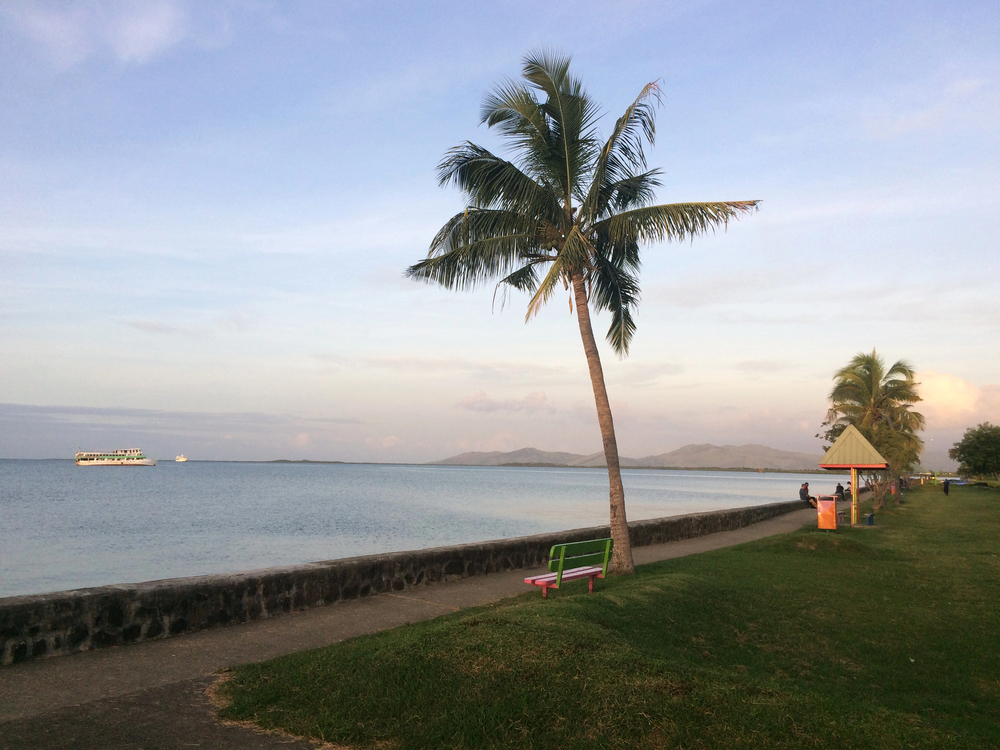
This Pacific port town showcases a unique blend of Indigenous and colonial architecture. It reflects Fiji’s transformation from a traditional society to a colonial port town.
Levuka’s well-preserved buildings tell the story of Pacific maritime trade and cultural exchange.
Like Travel Pug’s content? Follow us on MSN.
Ancient City of Ani, Turkey
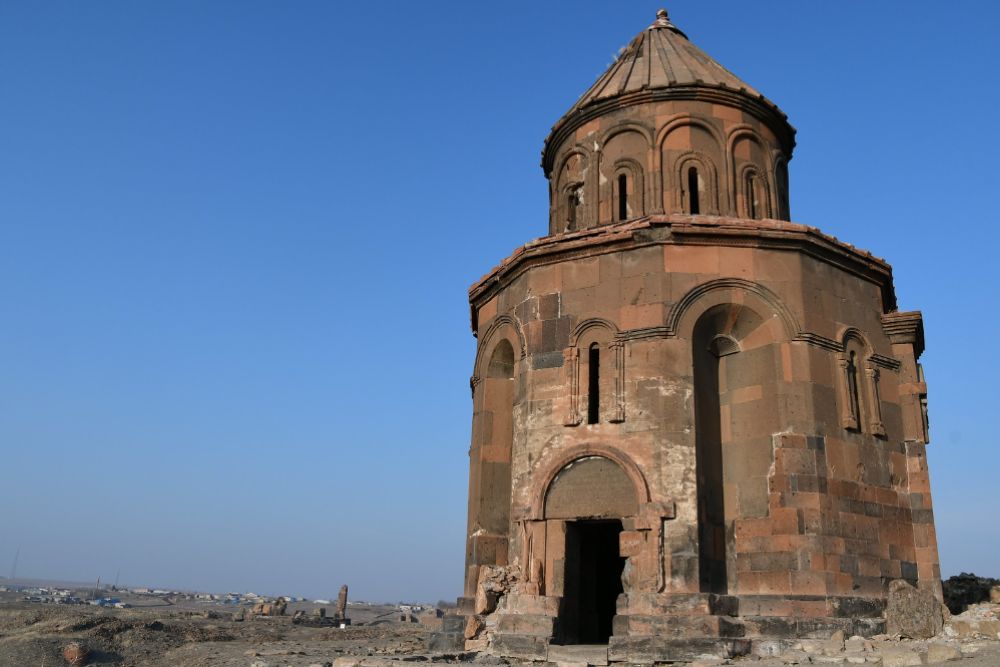
These medieval Armenian ruins sit dramatically on a plateau along the modern Turkish-Armenian border. The site features innovative architectural designs that influenced Gothic architecture in Europe.
Ani’s churches, palaces, and fortifications demonstrate the sophistication of medieval Armenian culture.
Thimlich Ohinga Archaeological Site, Kenya
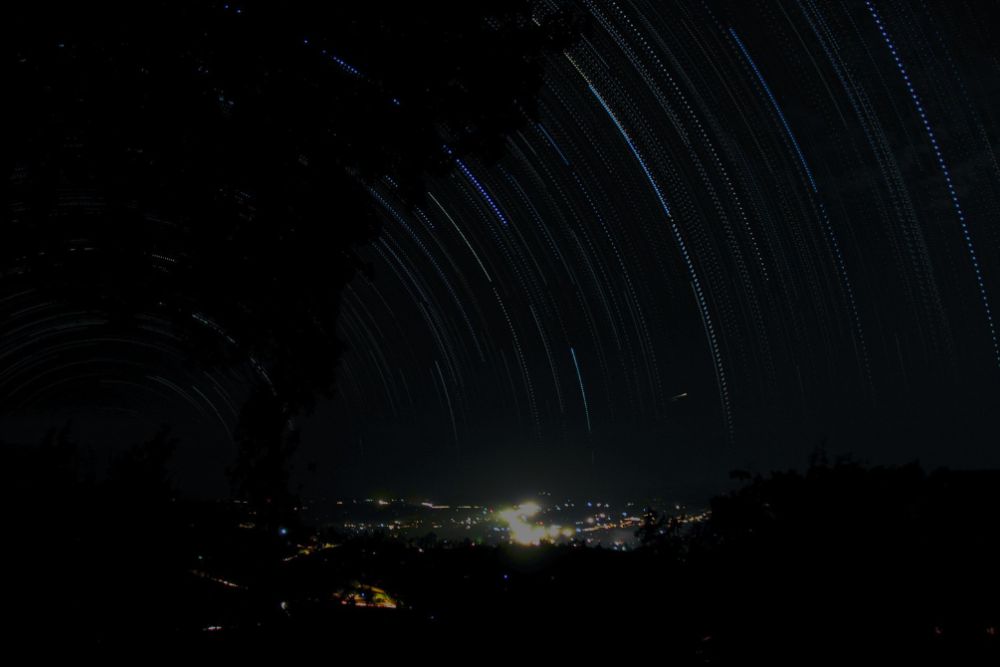
These stone-walled settlement compounds showcase traditional African architectural innovation. The structures were built without mortar using precisely fitted stones.
The site demonstrates sophisticated African urban planning predating European contact.
Sansa Buddhist Temples, South Korea
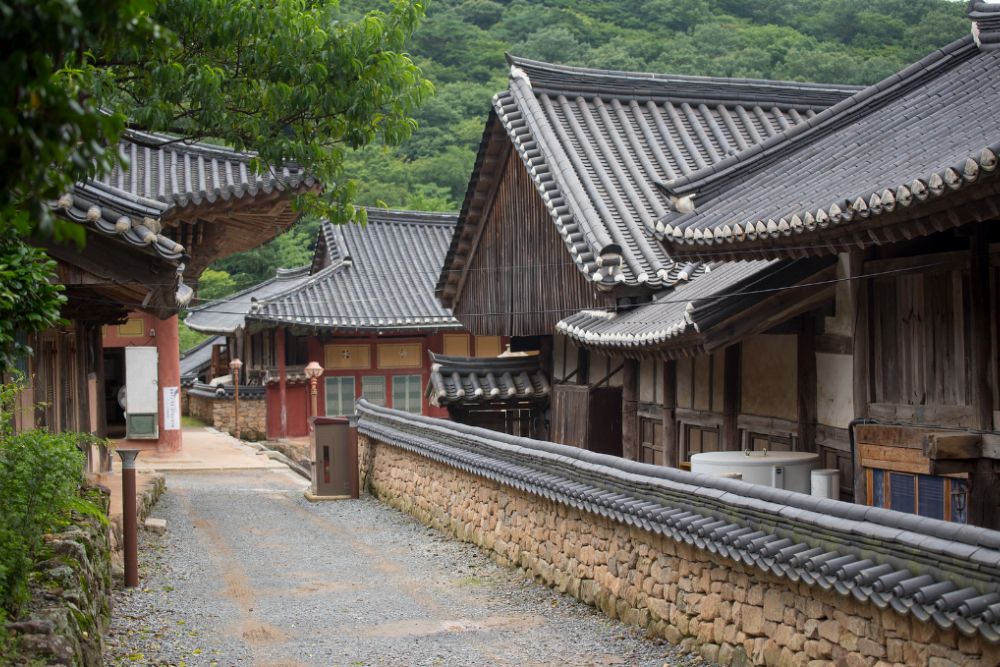
These mountain monasteries preserve Korean Buddhist architecture and traditions. The temples combine religious architecture with stunning natural settings in remote mountains.
Each complex maintains active Buddhist communities, continuing centuries-old practices.
Like Travel Pug’s content? Follow us on MSN.
Exploring World Heritage: Past Meets Present

These remarkable UNESCO World Heritage sites remind us that human ingenuity and natural wonder often hide in unexpected places. Each location tells a unique story of human achievement, cultural evolution, or natural processes that shaped our world.
Whether planning your next adventure or expanding your knowledge of global heritage, these sites deserve greater recognition and appreciation for their contributions to human history and natural diversity.
More from Travel Pug

- 15 Dangerous European Cities to Avoid
- 15 Caribbean Islands Where Tourists Keep Getting Scammed
- The 20 Most Fascinating Abandoned Places: A Journey Through Time and Forgotten Spaces
- 15 Hidden Places in the Smithsonian Museums Locals Love: A Guide to Lesser-Known Treasures
- 16 Hidden Florida Beach Towns That Aren’t Overrun with Tourists
Like Travel Pug’s content? Follow us on MSN.
